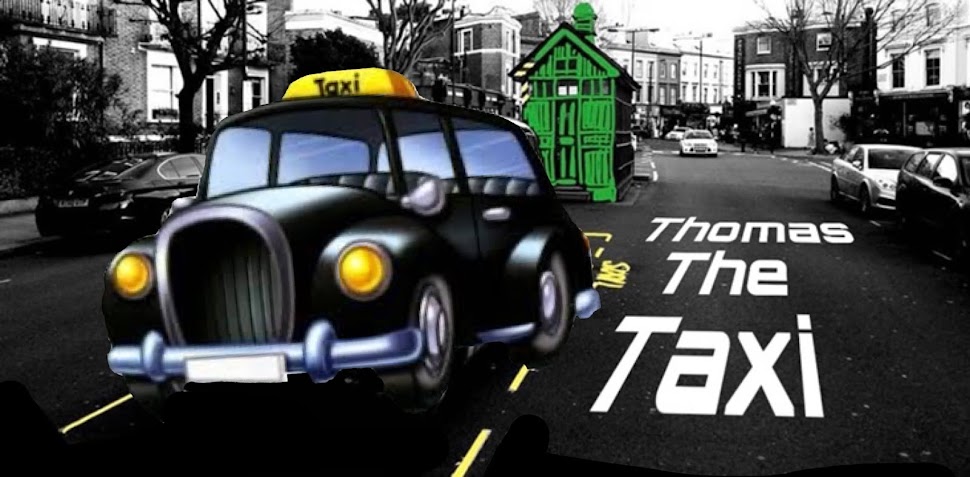The London Necropolis Railway was a railway line opened in November 1854 by the London Necropolis Company (LNC), to carry corpses and mourners between London and the LNC's newly opened Brookwood Cemetery 23 miles (37 km) southwest of London in Brookwood, Surrey.
At the time the largest cemetery in the world, Brookwood Cemetery was designed to be large enough to accommodate all the deaths in London for centuries to come, and the LNC hoped to gain a monopoly on London's burial industry.
The cemetery had intentionally been built far enough from London so as never to be affected by urban growth and was dependent on the recently invented railway to connect it to the city.
The railway mostly ran along the existing tracks of the London and South Western Railway (LSWR) but had its own branches from the main line at both London and Brookwood.
Trains carried coffins and passengers from a dedicated platform in Waterloo, London, using the LSWR tracks.
On reaching the cemetery, the trains reversed down a dedicated branch line to two stations in the cemetery, one for the burial of Anglicans and one for Nonconformists (non-Anglicans) or those who did not want a Church of England funeral.
The station waiting rooms and the compartments of the train, both for living and for dead passengers, were partitioned by both religion and class to prevent both mourners and cadavers from different social backgrounds from mixing.
As well as the regular funeral traffic, the London Necropolis Railway was used to transport large numbers of exhumed bodies during the mass removal from a number of London graveyards to Brookwood.
The company failed to gain a monopoly of the burial industry, and the scheme was not as successful as its promoters had hoped.
While they had planned to carry between 10,000 and 50,000 bodies per year, in 1941 after 87 years of operation, only slightly over 200,000 burials had been conducted in Brookwood Cemetery, equalling roughly 2,300 bodies per year.
On the night of 16–17 April 1941, the London terminus was badly damaged in an air raid and rendered unusable.
Although the LNC continued to operate occasional funeral services from Waterloo station to the Brookwood railway station , the London Necropolis Railway was never used again.
Soon after the end of the Second World War the surviving parts of the London station were sold as office space, and the rail tracks in the cemetery were removed.
The part of the London building which housed the LNC's offices survives today as Westminster Bridge House.
The two stations in the cemetery remained open as refreshment kiosks for some years afterwards but were subsequently demolished. The site of the northern station, serving the Nonconformist cemetery, is now heavily overgrown. The site of the southern, Anglican, station is now the location of a Russian Orthodox monastery and a shrine to King Edward the Martyr, which incorporate the surviving station platform and the former station chapels
THOMAS THE TAXI’s Extra Bit :
The London Necropolis Railway wasn’t the only railway of the dead. There was in fact a second one from Kings Cross To Colney Hatch.
Although the necropolis railway at Waterloo Station running out to Surrey is quite well known, its northern counterpart is seemingly largely forgotten – although not surprising as there is almost nothing left of the railway component to point out to local visitors/tourists.
As the Waterloo railway transferred the dead all the way out to Woking, the cost for the service was out of the reach of the average poor, so to offer a cheaper alternative, the Great Northern London Cemetery Company was set up in 1855.
It cut costs in part by putting its cemetery much closer to London so that the rail fare could be more affordable. In fact it was so close to London, that today it is inside London, at what is now New Southgate.
The departure point at King Cross was to the north of the modern station, on what is today a little noticed side road. The building itself has long since vanished
Watch this fascinating video which tells the whole story of Londons railways of the dead.




No comments:
Post a Comment